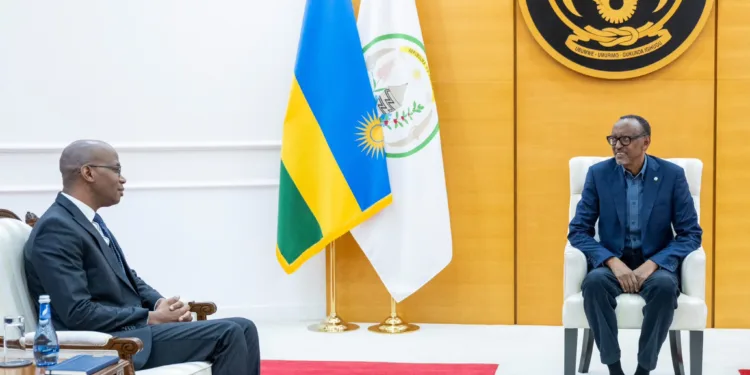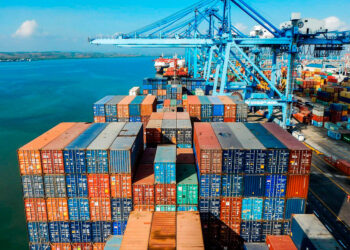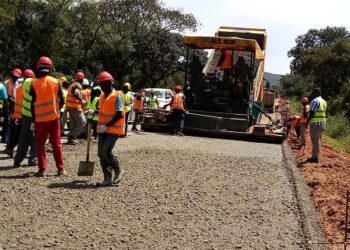Rwanda and Tanzania have announced plans to construct and inaugurate a new border, aimed at fostering enhanced trade and bolstering regional cooperation.
This significant development symbolizes a pivotal milestone in the economic partnership between the two East African nations.
The new border is set to open at Tanzania’s Kyerwa district in the Kagera Region to provide a second border for easy transportation of goods and services and to also reduce pressure on the first border post in Rusumo.
Tanzania’s Minister of Foreign Affairs and East African Cooperation, January Makamba, revealed the plan during a four-day visit to Kigali. He said,
Present at the press briefing that followed the bilateral agreement was the Rwanda’s Minister of Foreign Affairs and International Cooperation, Vincent Biruta.
Makamba, who led a delegation from Tanzania that included senior officials from the Ministries of Transport, Trade and Industry, ICT, Agriculture, Energy, and other key parastatals, emphasising the commitment of their country to expand business with Rwanda.
“We want to make it easy for people of the two countries to cross and visit each other. We have talked about the possibility and readiness to open a new border front in Kyerwa, and we are ready to have it operational.”
At the briefing, the minister mentioned the existing businesses between both East African countries like the Rwandan dairy factory located in Mwanza, which opened up the Tanzanian market to Rwandan milk.
“Rwanda uses Tanzania broadband infrastructure for a certain amount of capacity in its connectivity. We have committed to be a reliable partner in this area, and we are keen to expand this.”
To show Tanzania’s commitment in fostering this trade relation and ease access to both countries, Makamba urged the Rwandan private sector to utilise land offered to Rwanda in Kwala and Isaka.
In his words,
“We take this responsibility very seriously that the transport corridor from Dar es Salam has to work for Rwanda very effectively.”
Biruta added that,
“Rwanda considers Tanzania as a good neighbour and a valued partner,” and both countries share “deep historical, cultural and linguistic ties.”
He explained further,
“It is our wish to continue maintaining our good neighbourly relations through the promotion of increased trade flows, with the hope to continue reaping the rewards of a mutually beneficial economic partnership. Beyond stimulating our economic growth, these trade ties also strengthen the fraternal bond linking our two nations.”
What Does this Bilateral Relations Mean For Rwanda and Tanzania?
This move sets a precedent for future collaboration between both Eastern African countries and an example for other African countries for diplomatic and economic relations.
This collaborative effort is part of a broader strategy to enhance bilateral relations, which includes the harmonization of levies, a response to concerns raised by truckers from both countries over the existing trade.
As new border becomes operational upon completion, a new era of trade volume relations and other economic cooperation between Rwanda and Tanzania has been ushered in.
Logistical challenges are solved with the opening of the new borders due to challenges faced by the old border. This means transportation of goods and products across both African countries become more easier, faster and cost effective.
The combination of levies demanded at the border and the easing of cross-border movement are expected to encourage further investments and trade ventures, thereby strengthening the economic fabric of the Eastern African region.
In the nearest future, this collaboration will be remembered for it’s potential to breed regional partnerships and to overcome logistical hurdle while promoting sustainable economic growth.
Rwanda, Tanzania and Burundi are in a significant partnership for the construction of Rusumo Hydropower plant, which is set to produce 27MW.
The three hundred and forty million dollars ($340 m) plant built on the three countries’ borders is nearing completion and it is aimed to supply households in these regions with electricity.










